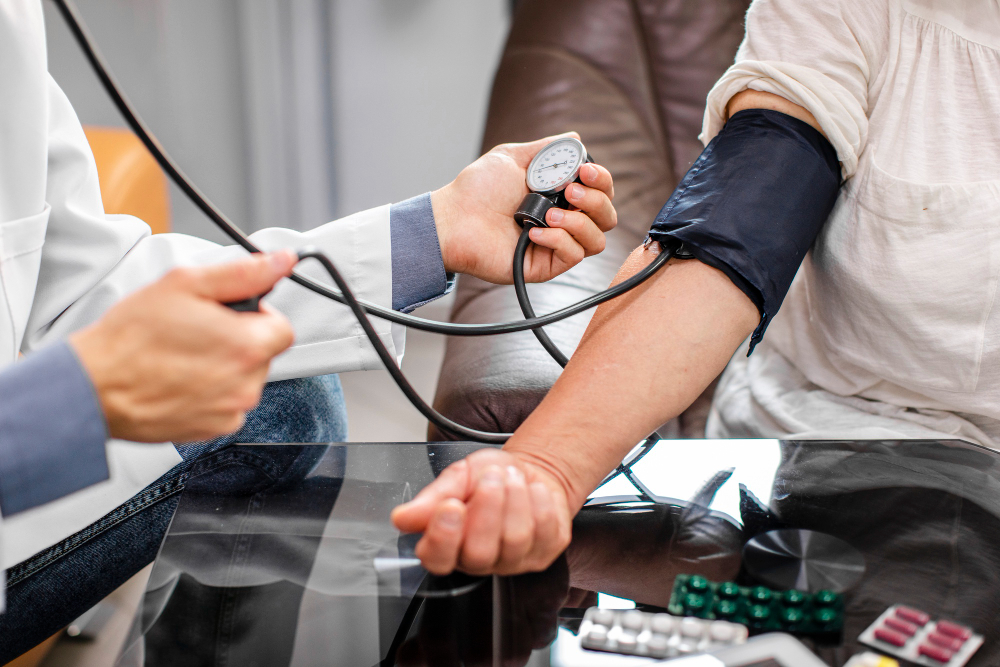Introduction: Understanding Diabetes and High Blood Pressure
Many people live with both diabetes mellitus and high blood pressure. Managing high blood pressure with diabetes is important because these conditions often occur together. When you have both, your risk for heart disease, stroke, and kidney problems increases. According to the CDC, about two out of three adults with diabetes also have high blood pressure. Therefore, learning how to control both is key for your health.
Symptoms and Risks: What to Watch For
Often, high blood pressure has no clear symptoms. However, some people may notice:
But, many people feel fine even when their blood pressure is high. Because of this, regular checks are important. If you have diabetes and high blood pressure, your risk for heart attack, stroke, kidney damage, and vision loss is higher. For this reason, early action can help prevent serious problems.
Causes and Contributing Factors
Several things can cause or worsen high blood pressure in people with diabetes. For example:
Also, diabetes can damage blood vessels, making it easier for blood pressure to rise. Because of this, managing both conditions together is important.
Diagnosis and Monitoring
Doctors check blood pressure using a simple arm cuff. For people with diabetes, the goal is often to keep blood pressure below 130/80 mmHg. In addition, regular blood sugar checks are important. Some people use home monitors to track their blood pressure. If you do, write down your numbers and share them with your doctor. This helps your care team adjust your plan as needed.
Treatment Options: What Works Best?
Managing high blood pressure with diabetes often needs a mix of lifestyle changes and medicines. Your doctor may suggest:
Some common medicines include ACE inhibitors, ARBs, and diuretics. These help protect your heart and kidneys. However, always take medicines as your doctor tells you. Never stop or change them without medical advice.
Practical Lifestyle Guidance
Small changes can make a big difference. For example:
In the United States, many communities offer free or low-cost exercise classes. Ask your local health center for options. Also, support from family and friends can help you stay on track.
Prevention Tips: Keeping Both Conditions Under Control
To prevent problems from diabetes and high blood pressure, try these tips:
Even small steps can help you feel better and lower your risk for serious health issues.
When to Seek Medical Help
If you notice chest pain, severe headache, trouble breathing, or sudden vision changes, seek help right away. These can be signs of a serious problem. Otherwise, see your doctor if your blood pressure stays high or if you have questions about your medicines or health plan.
Conclusion: Take Charge of Your Health
Managing high blood pressure with diabetes may seem hard at first. However, with the right steps, you can protect your heart, kidneys, and eyes. Remember, you are not alone. Consult a healthcare professional for personalized advice on managing high blood pressure with diabetes.

